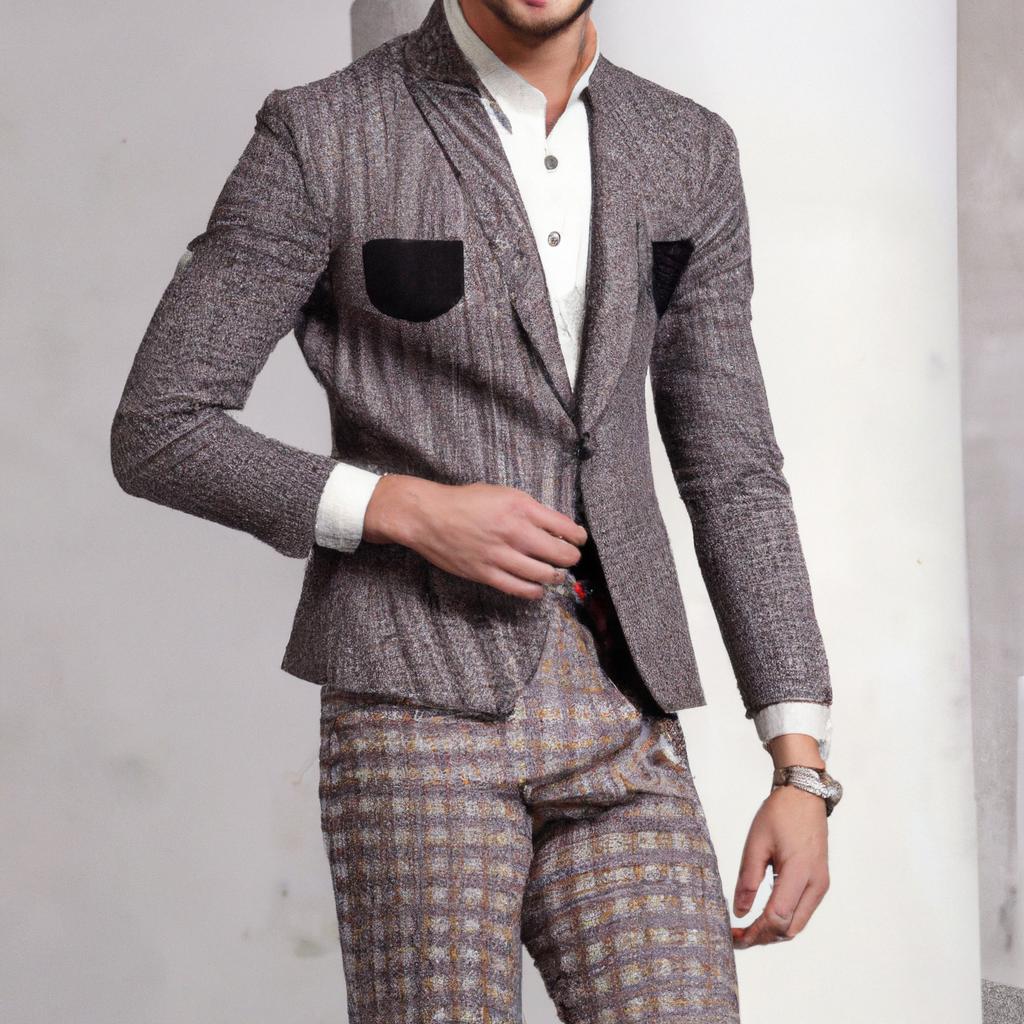
Introduction to Vintage Menswear
Over the years, fashion has constantly evolved and changed, but one aspect that continues to hold its appeal is vintage menswear. From the dapper looks of the 1920s to the ruggedness of 1950s workwear, and the bold patterns of the 1960s, retro styles have made a comeback in modern fashion trends.
The allure of vintage menswear lies in its unique and timeless quality. These pieces carry a sense of nostalgia and history, making them stand out in a sea of fast fashion. They also offer a way to express individuality and personal style, as these pieces cannot be easily replicated.
But how can we incorporate vintage menswear into our modern wardrobes? The answer lies in creating a modern twist on these classic styles.
The Appeal of Retro Styles
There’s something about the past that intrigues us and draws us in. Vintage menswear allows us to take a step back in time while still being relevant and stylish today. Plus, incorporating retro pieces into our wardrobes adds character and uniqueness to our outfits.
Another reason for the resurgence of vintage menswear is sustainability. By investing in quality, secondhand pieces, we reduce our environmental impact and contribute to a more sustainable fashion industry.
Incorporating Vintage into a Modern Wardrobe
The key to wearing vintage menswear in a modern way is balance. Mixing vintage and contemporary pieces creates an interesting and cohesive look. For example, pair a 1960s psychedelic shirt with modern tailored trousers or a 1920s fedora with a sleek suit.
Another tip is to start small. Incorporate one vintage piece at a time and slowly build up your collection. This way, you can experiment and find what works for you without feeling overwhelmed.
Understanding Key Elements
To successfully incorporate vintage menswear into our modern wardrobes, it’s essential to understand the key elements of these styles. This includes silhouettes, fabrics, and details such as collars and buttons.
Historically, men’s fashion was more structured and tailored compared to today’s more relaxed and casual styles. Understanding these differences will help in choosing the right pieces and achieving the desired look.
Popular Vintage Menswear Styles
Vintage menswear offers a wide variety of styles to choose from. Each era had its unique aesthetic, and incorporating these styles into our wardrobes can add interest and personality to our outfits.
- The 1920s brought us sharp suits, fedoras, and Oxford shoes, giving off a sophisticated and polished look.
- The 1950s was all about ruggedness with denim jackets, workwear overalls, and leather boots.
- The 1960s were known for bold patterns and statement pieces, such as paisley shirts and flared trousers.
Explore different eras and find the styles that resonate with you the most. Incorporate a mix of timeless and statement pieces for a balanced and modern vintage look.
Finding the Right Fit
One essential factor when it comes to vintage menswear is finding the right fit. With ready-to-wear vintage pieces, it’s not always easy to find the perfect size. Tailoring and minor alterations can make all the difference in achieving a modern and well-fitting look.
Don’t be afraid to get your vintage pieces tailored to suit your body type. This will ensure that you feel comfortable and confident in what you wear.
In Conclusion
Vintage menswear offers a way to express our individual style while adding a touch of nostalgia to our wardrobes. It’s a sustainable and unique approach to fashion that continues to make a statement in modern trends. So go ahead, embrace the retro, and add a modern twist to your style with vintage menswear.
Key Elements in Vintage Menswear
Vintage menswear is not just about wearing old clothes, it’s about appreciating the history and evolution of men’s fashion. To truly understand and embrace vintage styles, it’s important to know the key elements that make up these timeless looks.
- Silhouettes: Silhouettes in vintage menswear were often more fitted and structured compared to modern styles. This was partly due to the lack of stretch fabrics and the emphasis on a tailored look. For example, suits from the 1920s had a slim silhouette with high waists and narrow shoulders, while the 1950s saw the rise of the “greaser” look with boxy jackets and tight jeans.
- Fabrics: The fabrics used in vintage menswear were often of higher quality and durability. Natural fabrics like wool, cotton, and leather were commonly used, with synthetic materials not becoming popular until the mid-20th century. Additionally, different eras had their own signature fabrics, such as tweed and houndstooth in the 1920s and denim in the 1950s.
- Details: The small details in vintage menswear can make all the difference in creating an authentic look. For example, collars on dress shirts and jackets changed in shape and size throughout different decades, from the wide spread collars of the 1920s to the narrow pointed collars of the 1950s. Buttons also played a significant role, with metal buttons being popular in military-inspired styles during World War II.
Each element in vintage menswear has its own history and evolution, representing the unique styles and trends of a particular era. By understanding these elements, you can better appreciate the craftsmanship and attention to detail that went into creating these timeless pieces. And with a little bit of knowledge, you can incorporate them into your modern wardrobe with a stylish twist.
Exploration of Popular Vintage Menswear Styles
If you’re looking to add a touch of nostalgia and unique style to your wardrobe, vintage menswear is the way to go. From the classic dapper look of the 1920s to the ruggedness of 1950s workwear and the psychedelic patterns of the 1960s, there are endless options to choose from.
Let’s take a closer look at each of these popular vintage styles and provide some examples and images to help you imagine the looks.
- The Dapper Look of the 1920s: The 1920s was a decade known for its lavish parties and extravagant fashion. Men’s suits were tailored to perfection with sharp silhouettes, wide lapels, and a high-waisted fit. Accessorizing with a fedora hat, pocket watch, and two-toned Oxfords completed the dapper look.
- The Ruggedness of 1950s Workwear: In the 1950s, workwear became a popular style for men. It was all about practicality and durability, with pieces like denim jackets, chore coats, and heavy-duty boots taking center stage. This style has stood the test of time, making it a timeless addition to any modern wardrobe.
- Psychedelic Patterns of the 1960s: The 1960s was a decade of free-spirited fashion, and this was reflected in menswear as well. Bold prints, bright colors, and unconventional cuts were all the rage. Think paisley button-down shirts, wide-legged pants, and platform shoes for a truly psychedelic look.
These are just a few examples of vintage styles that have made a comeback in recent years. Don’t be afraid to experiment and find your own favorite vintage looks!
Tips for Incorporating Vintage Menswear into a Modern Wardrobe
Vintage menswear has made a major comeback in recent years, and for good reason. Not only does it add a unique touch to any outfit, but it also allows for a more sustainable approach to fashion by giving new life to old garments. Here are some tips for incorporating vintage menswear into your modern wardrobe:
- Start small: If you’re new to vintage clothing, start by incorporating one or two pieces into your wardrobe to get a feel for the style. This could be a statement jacket or a pair of tailored trousers.
- Mix and match: The key to incorporating vintage menswear into a modern wardrobe is to mix and match with contemporary pieces. For example, pair a vintage graphic t-shirt with a pair of modern jeans for a casual yet unique look.
- Try different eras: Don’t limit yourself to one specific era of vintage menswear. Experiment with different styles, such as the dapper looks of the 1920s or the laid-back vibes of the 1970s.
- Accessorize: Accessories can make a big difference in incorporating vintage menswear into a modern look. Add a vintage belt or scarf to a contemporary outfit to add a touch of retro flair.
- Know your fit: When shopping for vintage menswear, keep in mind that sizing and fit may differ from modern clothing. Be sure to try on items and pay attention to the fit. Alterations can also be made to achieve a better fit.
- Consider the occasion: Vintage menswear can be dressed up or down, making it suitable for various occasions. A vintage suit can elevate a formal event, while a vintage t-shirt can add a fun twist to a casual outing.
Incorporating vintage menswear into a modern wardrobe allows for endless opportunities to express personal style and add a unique touch to any outfit. Don’t be afraid to experiment and have fun with it!
The Importance of Fit and Tailoring in Vintage Menswear
When it comes to incorporating vintage menswear into a modern wardrobe, the right fit is key. Finding the perfect size can make all the difference in achieving a polished and modern look with retro pieces. However, since vintage clothing has been worn before, it’s important to keep in mind that sizes may vary from today’s standard sizing.
But don’t let this discourage you! With some patience and careful searching, you can find the right fit for your body type. It’s always best to try on vintage clothing before purchasing, but if that’s not possible, be sure to carefully check the measurements provided by the seller.
Even if you find a piece that’s slightly too big or small, don’t be afraid to get it tailored. Minor alterations can make a huge difference in achieving a modern twist on a vintage look. A tailor can help adjust the fit to your body, creating a more flattering silhouette.
Remember, when it comes to vintage menswear, it’s not just about the style or the era, but also the fit. By finding the right size and getting minor alterations done, you can rock a retro look while still looking polished and modern. So don’t be afraid to experiment and have fun with mixing vintage pieces into your wardrobe!
Conclusion: Embracing Vintage Menswear
Vintage menswear is not just a trend, it’s a timeless style that continues to evolve and inspire modern fashion. The unique elements and rich history behind retro styles add character and individuality to any wardrobe. By incorporating vintage pieces into your outfits, you can create a look that is both classic and contemporary.
Experimenting with different vintage styles allows you to showcase your personal style and stand out from the crowd. Whether you opt for the dapper look of the 1920s or the ruggedness of 1950s workwear, there is a vintage style for every occasion.
Not only is vintage menswear stylish, it is also sustainable. By investing in vintage clothing, you are reducing your carbon footprint and adding a touch of uniqueness to your wardrobe. Plus, well-made vintage pieces can last for decades, making them a wise investment for any fashion-savvy individual.
Remember, when it comes to vintage menswear, fit is key. Don’t be afraid to get items tailored to achieve the perfect fit. Small alterations can make a big difference in bringing a vintage look into the modern era.
So why not add a modern twist to your style with some vintage menswear? With its timelessness, individuality, and sustainability, it’s a fashion choice that will never go out of style.
comments: 0

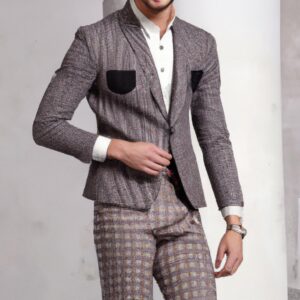
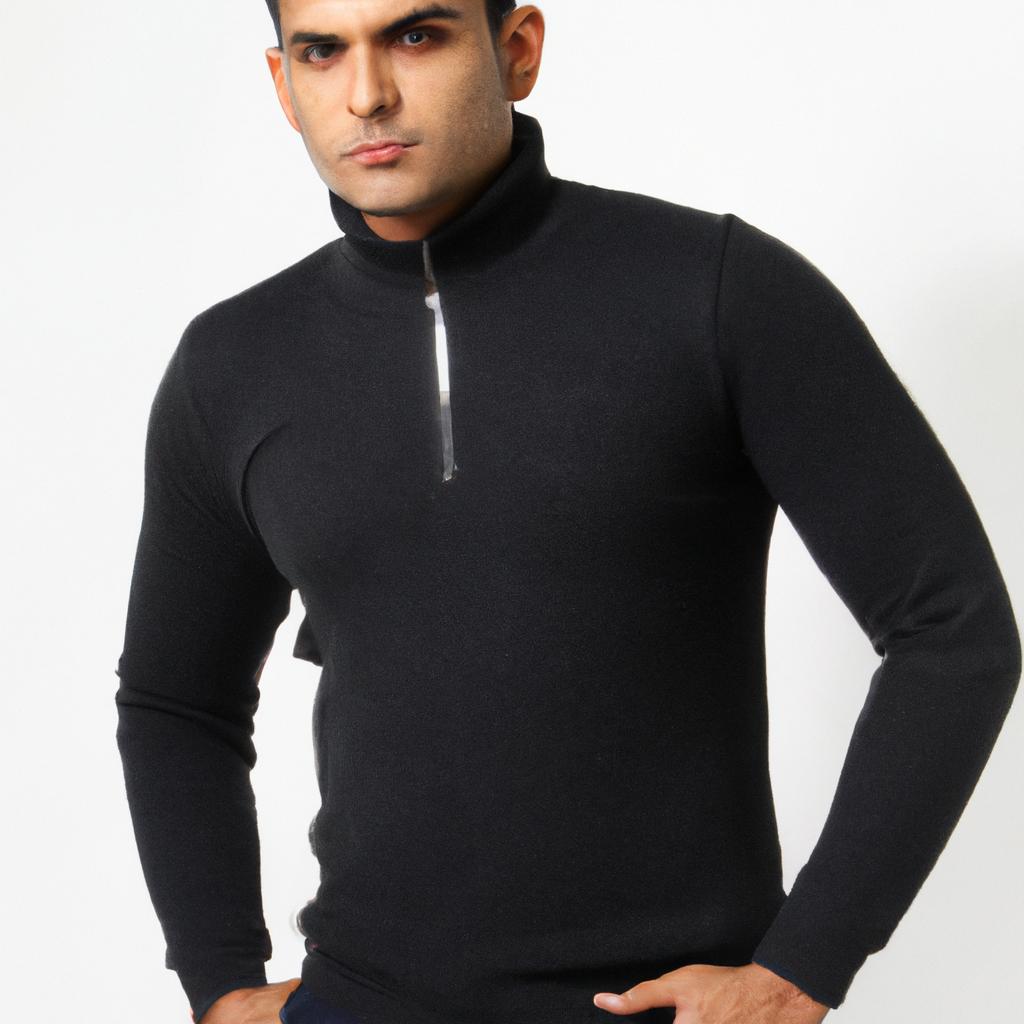 Elevate Your Style: Mastering Understated Elegance for Men – A Guide
Elevate Your Style: Mastering Understated Elegance for Men – A Guide 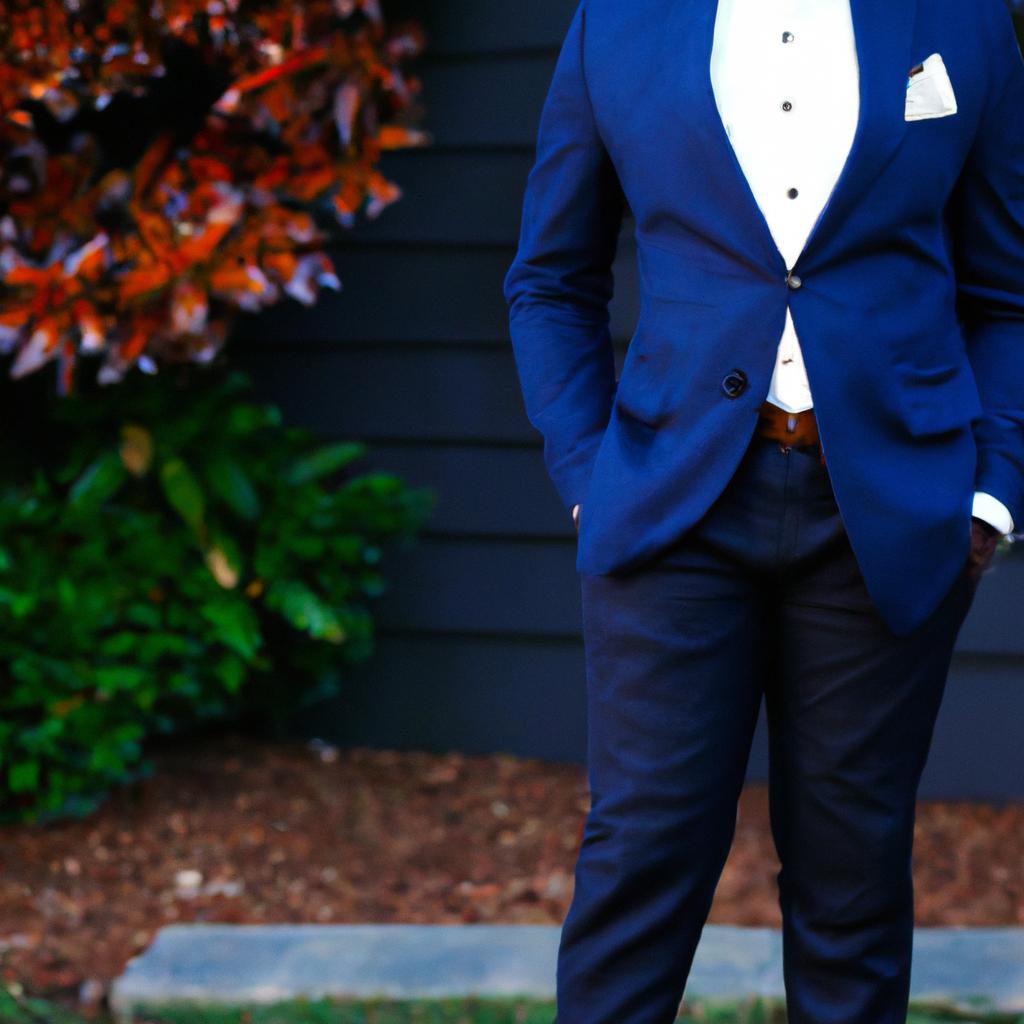 Elevate Your Style with These Menswear Must-Haves – Essential Wardrobe Pieces Every Man Needs
Elevate Your Style with These Menswear Must-Haves – Essential Wardrobe Pieces Every Man Needs 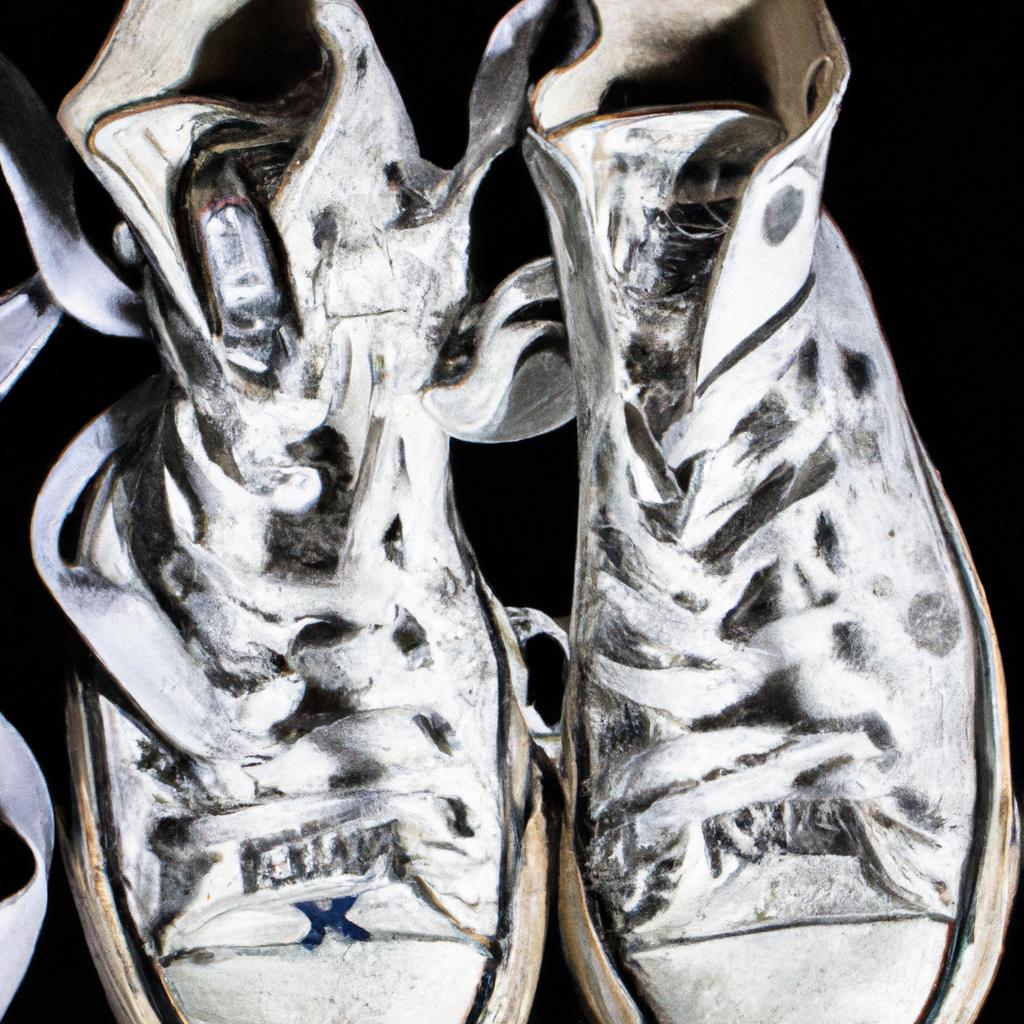 VALUE!:excerptstartDiscover the captivating story of sneakers and their influence on fashion. Learn how to make this art form a part of your personal style
VALUE!:excerptstartDiscover the captivating story of sneakers and their influence on fashion. Learn how to make this art form a part of your personal style 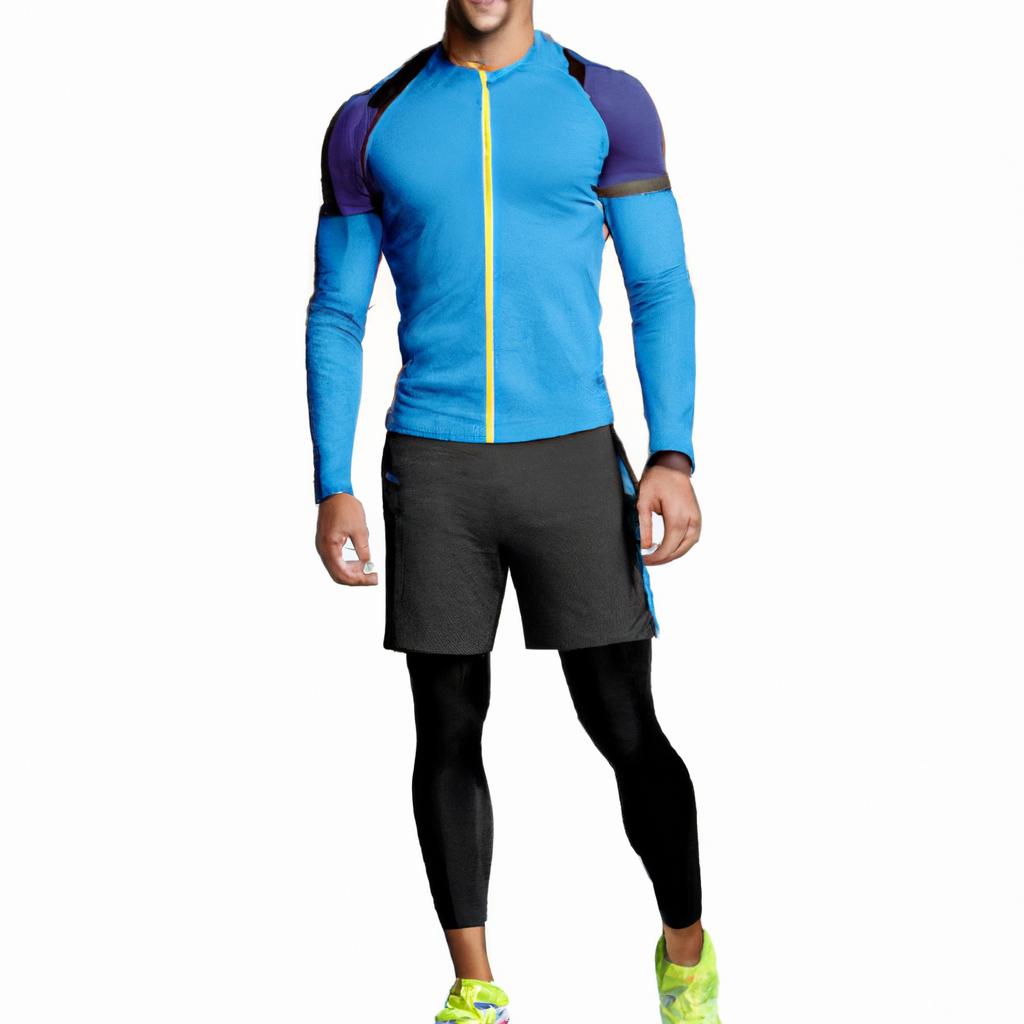 Unleashing the Power of Fashion for Athletes: Striking a Balance Between Performance and Style
Unleashing the Power of Fashion for Athletes: Striking a Balance Between Performance and Style 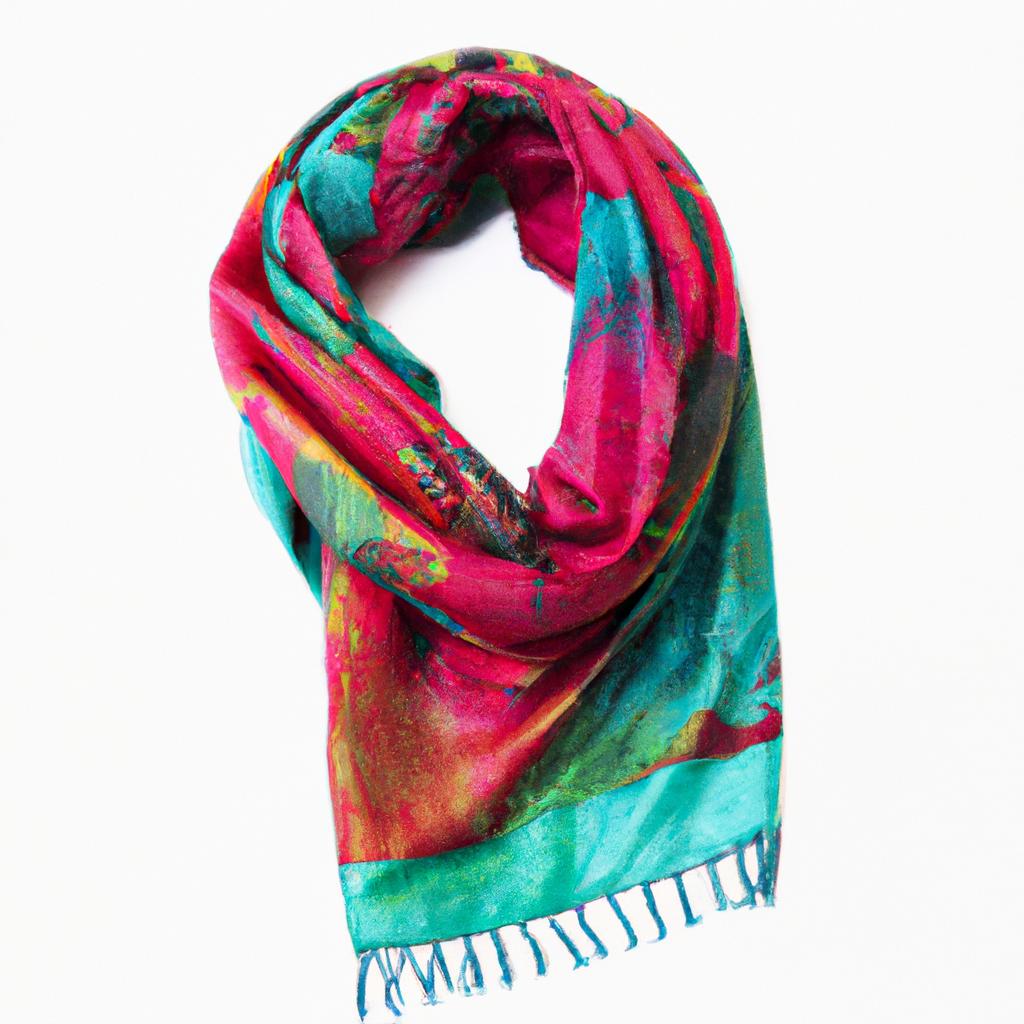 Age is Just a Number: How Fashion Transcends All Generations
Age is Just a Number: How Fashion Transcends All Generations 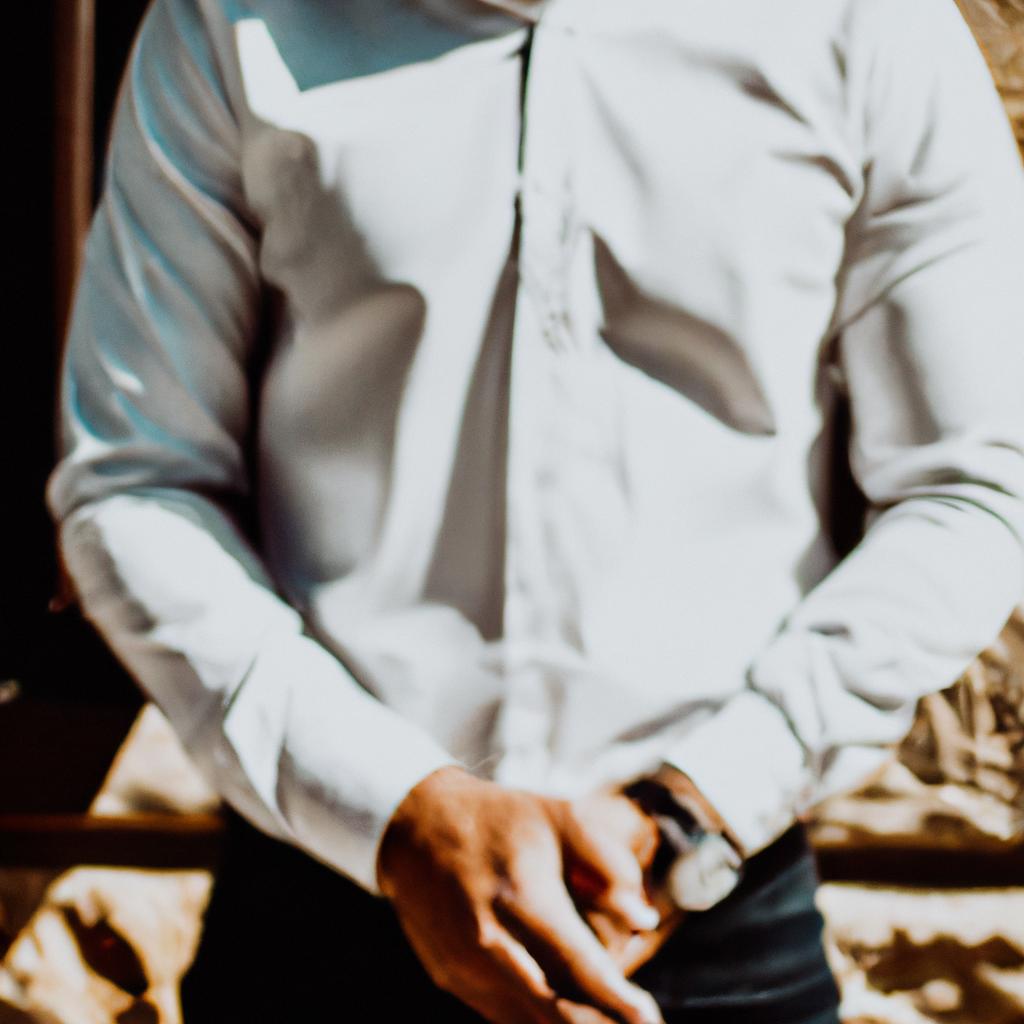 Unpacking Business Casual Dress Code: Navigating the Line Between Professionalism and Comfort”
Unpacking Business Casual Dress Code: Navigating the Line Between Professionalism and Comfort” 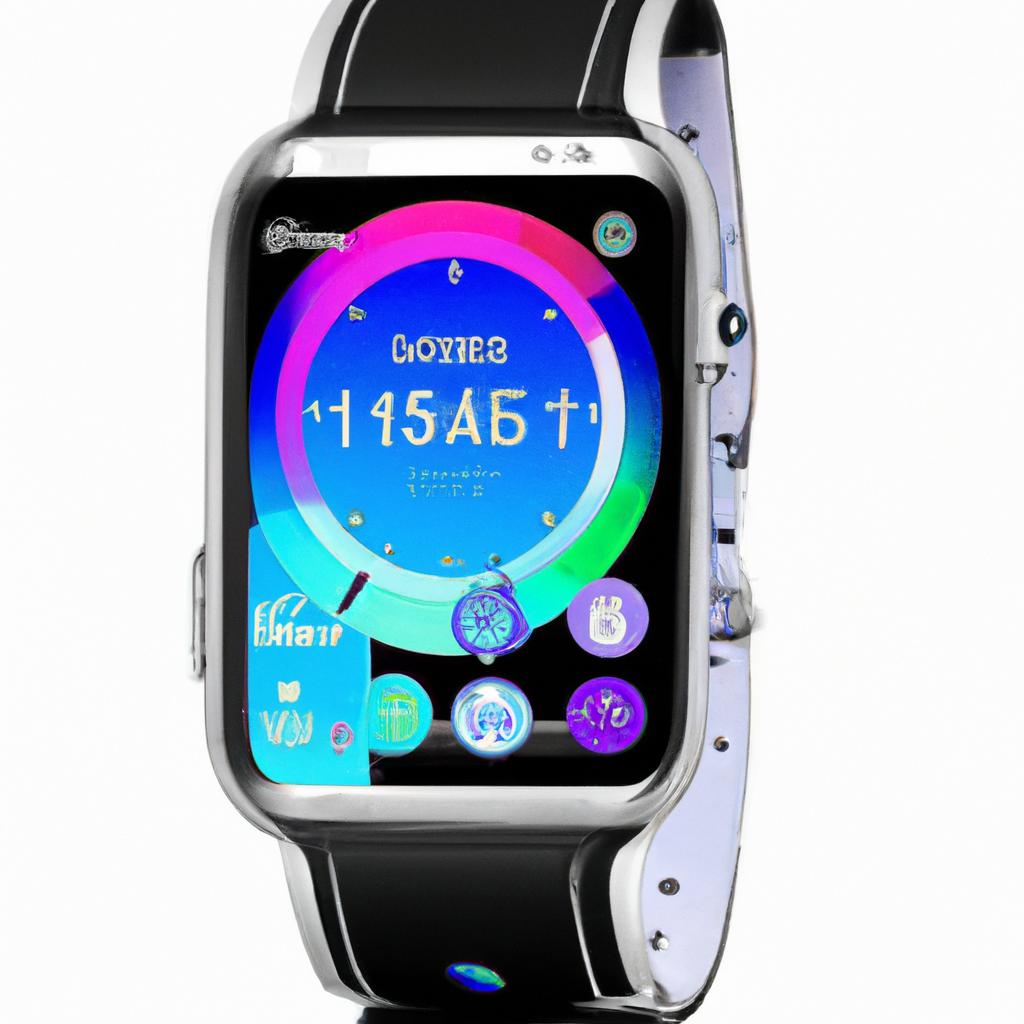 Revolutionizing Fashion: How Technology is Shaping the Industry Today
Revolutionizing Fashion: How Technology is Shaping the Industry Today 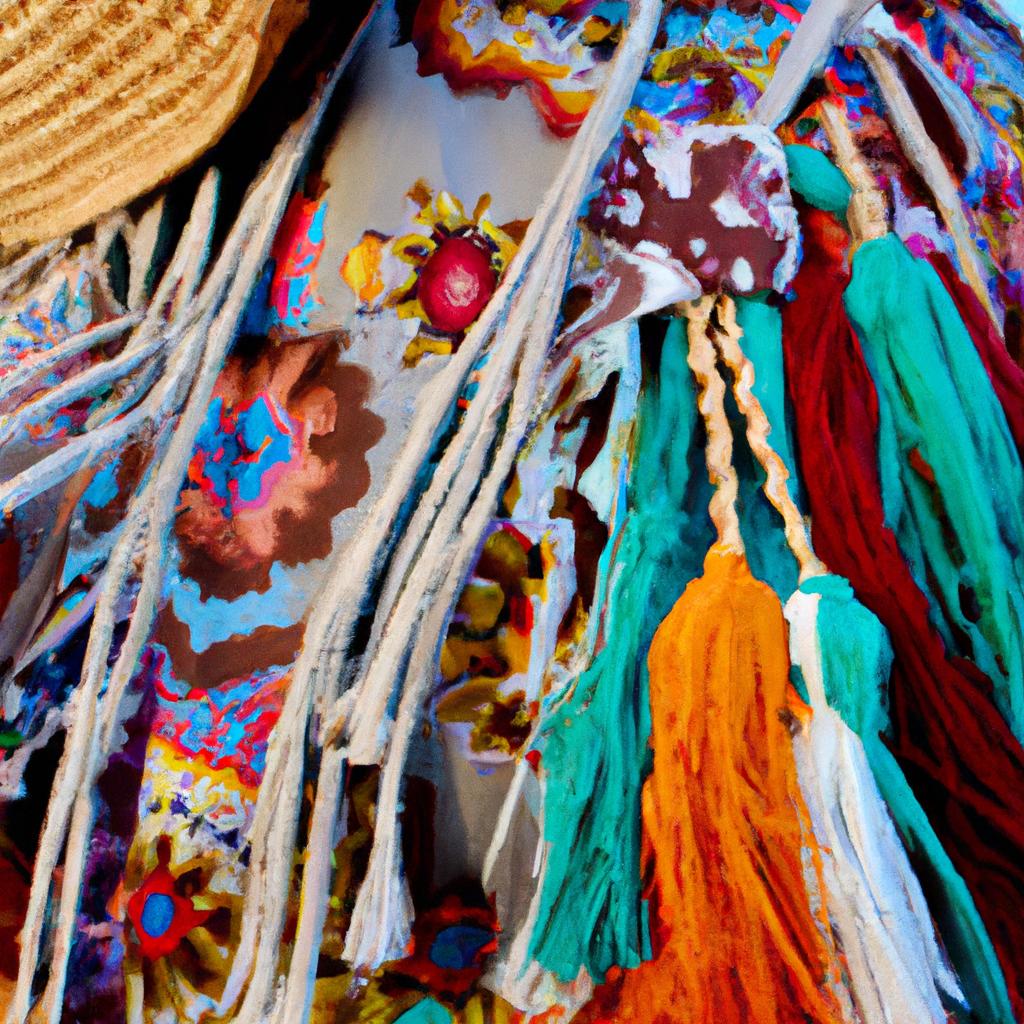 From East to West: Exploring Global Fashion Trends Across Continents
From East to West: Exploring Global Fashion Trends Across Continents  Cruising in Style with CarmelLimo: Because You Deserve to Feel Fancy
Cruising in Style with CarmelLimo: Because You Deserve to Feel Fancy 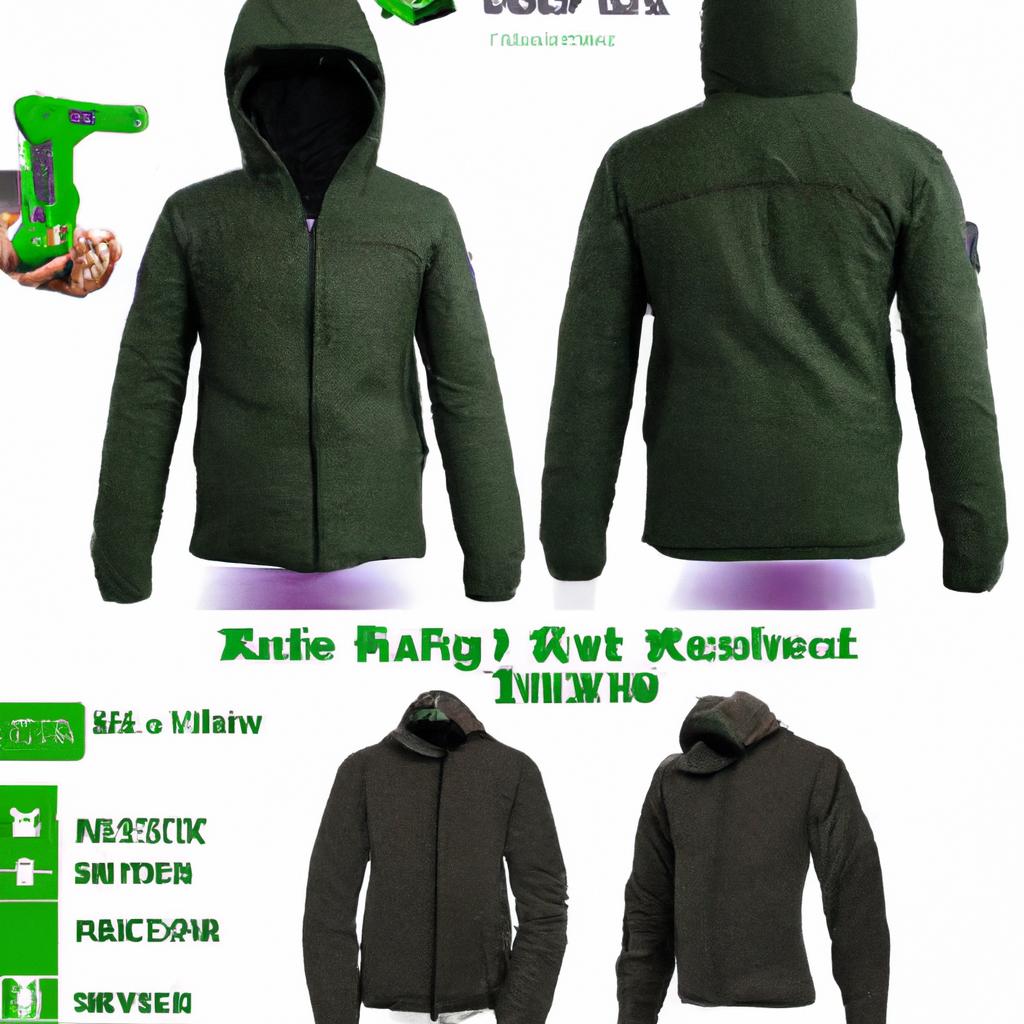 Dress to Impress: Essential Menswear for Every Weather Condition
Dress to Impress: Essential Menswear for Every Weather Condition